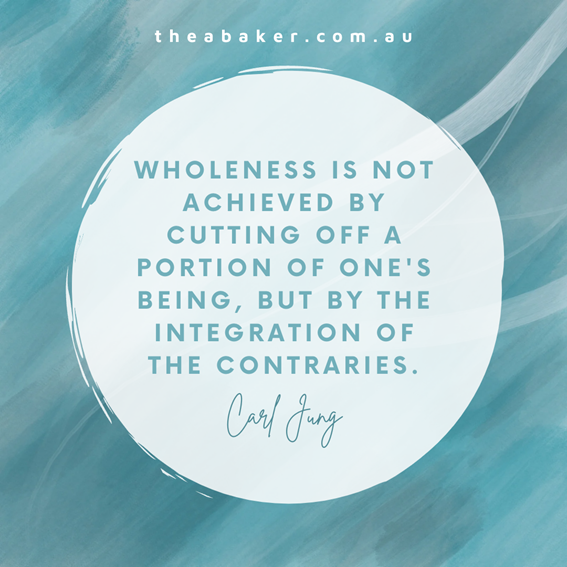Becoming ‘whole
It’s a real struggle to find the right words or language around ‘recovery’ or ‘healing’ – honestly there are really so many rubbish words around this. How does ‘healing journey’ land with you? That one just gives me the ‘ick’ but whatever works for you, works for you! I am so mindful about how we frame or explore the experience of therapy and I’m also curious about how different words or language inform or shape how we feel about that experience.
As part of that pondering I’ve been re-listening to a really interesting podcast (The Path of IX) which shares some rich teachings from first nation people all over the world.
In one of the episodes the creator of the podcast shares some beautiful insights around what it is to be ‘whole’ and what wholeness means when it comes to our understanding of trauma work. As Soren Ventegodt writes, “to be healed means to become whole again. The only thing that really can make us whole is to let go of everything in us that exists as separate and unconnected parts.” In fact, if you look at what the definition is of the word ‘whole’ you get phrases like:
- Having all its proper parts or components [Merriam-Webster]
- Constituting the total sum or undiminished entirety [Merriam- Webster]
- A complete amount or sum…or totality lacking no part, member or element [Merriam-Webster]
- Containing all the component parts necessary to form a total; complete [Collins]

Having an appreciation that our psyche is a complicated, multi-faceted thing is something that first nations people have understood for centuries. The creator of the podcast I was listening to refers to the parts self as: body, mind and essence. In empirical researched, western mental health circles we have a range of modalities that conceptualise these constructs in a range of different ways. You’ve probably heard of the terms: inner child, inner critic or inner parent – they’re a set of terms that some people use to explore the various parts of self. One of the modalities that I work with is something called Internal Family Systems (IFS) which is a really fascinating means of exploring our inner world, and more importantly a tangible way of working with trauma.

As Carl Jung said, it’s not about casting aside the traumatised or wounded parts but actually working to integrate – with love and compassion – the parts that we maybe find difficult or that we identify with our wounds or traumas. Surely this, is what it is to be whole? I love that this image exploring the IFS model of the parts of self is represented in a circle. Circles encourage and enable all of the parts of us to have their space. There are no secret corners in circles (as there are in squares or rectangles) which is almost the very antithesis of how we’ve sometimes been encouraged to work with difficult experiences. Sticking things in a box, or compartmentalising, is the very opposite of this circle-based, integration approach to parts work. When we work with trauma we want to heal the wounded parts and love and appreciate all of the incredible work that our protector parts have done to help us manage or navigate the pain that we have felt as a result of those trauma’s. There is no room for judgement in that parts work integration, just as there is no space for judgment when we work with circle energy.
If you’d like to do some parts work of your own, we have a team of therapists at Thea Baker Wellbeing and we have IMMEDIATE availability – please reach out to us at: hello@theabaker.com.au / 03 9077 8194.

